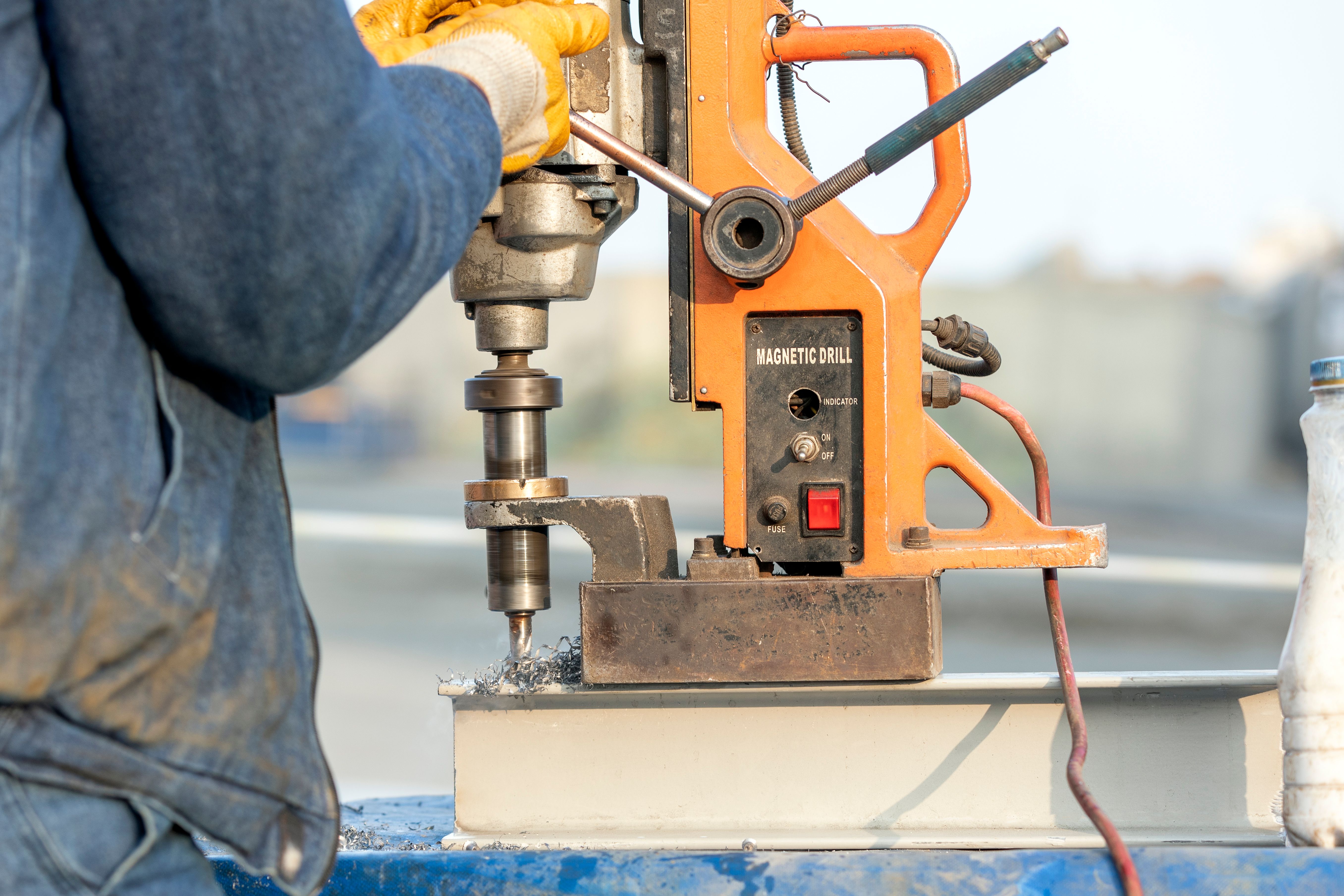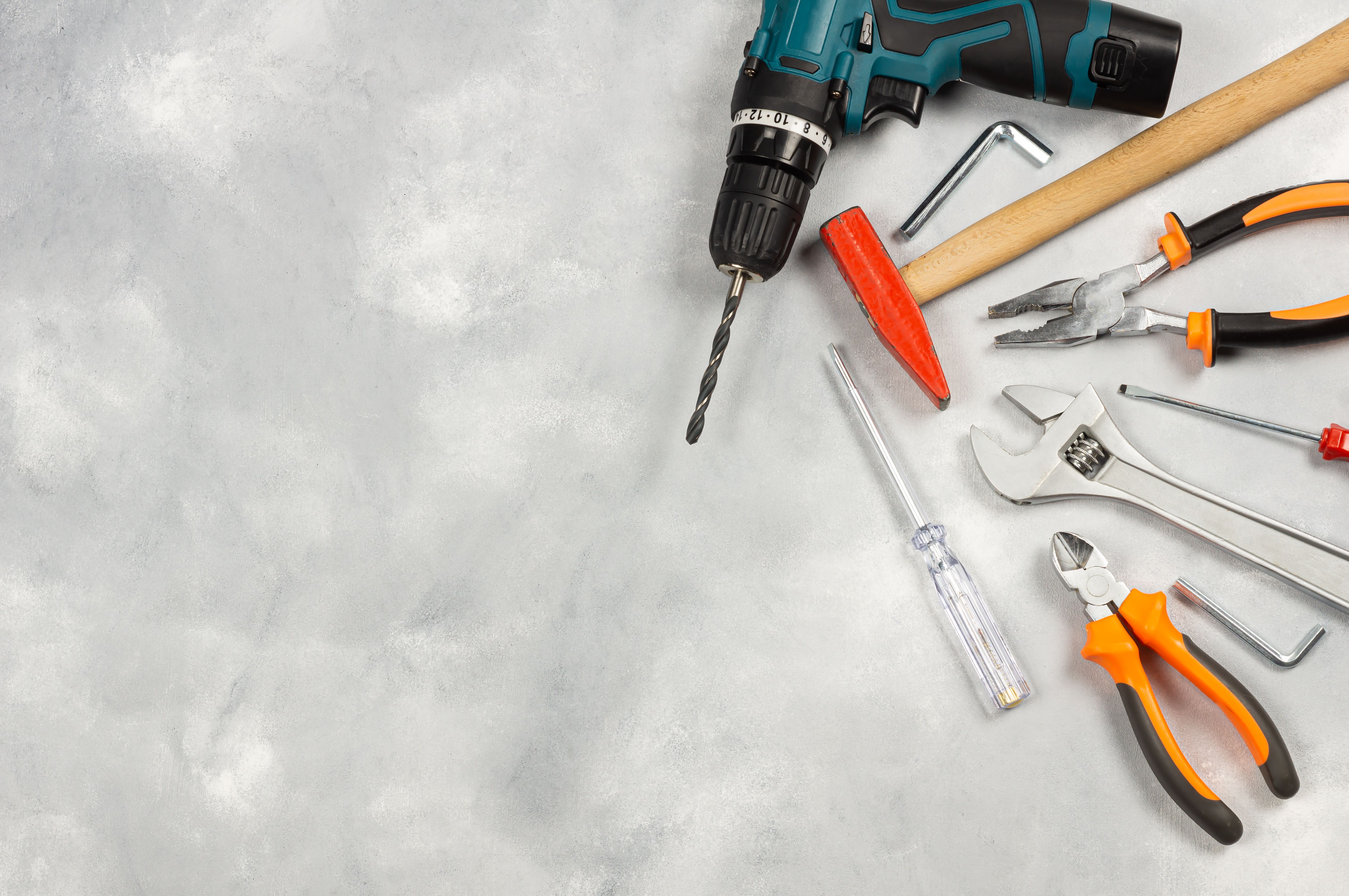Exploring Magnet Drills: Innovation in Precision Drilling
RR
Introduction to Magnet Drills
In the world of precision drilling, innovation continues to push boundaries, making tasks more efficient and precise. One such advancement is the magnet drill, a tool that has become essential for both industrial and professional use. These drills offer unparalleled accuracy and stability, transforming how metal and other materials are drilled.
Magnet drills, also known as magnetic base drills, are portable machines designed to attach securely to metal surfaces. Their ability to adhere to ferrous metals allows for high-precision drilling in various positions and angles, making them invaluable in construction, manufacturing, and maintenance industries.

How Magnet Drills Work
The core feature of a magnet drill is its magnetic base, which anchors the drill to metal surfaces. This base ensures that the drill remains stable, even when working at awkward angles or heights. The magnetic adhesion provides a firm grip, which is crucial for maintaining accuracy and minimizing vibrations.
Once the drill is securely attached, operators can engage the motor to rotate the drill bit or cutter. This precision mechanism allows for clean, accurate holes, reducing the risk of errors and material wastage. The combination of a powerful motor and a secure magnetic base makes these drills a preferred choice for demanding tasks.
Types of Magnet Drills
Magnet drills come in various types, each designed for specific applications. Some of the most common types include:
- Electric Magnet Drills: Powered by electricity, these are suitable for most industrial applications.
- Pneumatic Magnet Drills: Ideal for environments where electric sparks could pose a hazard, such as oil and gas industries.
- Hydraulic Magnet Drills: Used in heavy-duty applications, offering high power and efficiency.

Advantages of Using Magnet Drills
Magnet drills offer several advantages over traditional drilling methods. Firstly, their portability makes them easy to transport to different job sites, especially where fixed drills cannot reach. This mobility is coupled with a straightforward setup process, saving both time and labor costs.
Another significant benefit is their ability to drill in horizontal, vertical, and upside-down positions. This versatility opens up a wide range of applications, from drilling beams and girders to creating holes in pipes and tanks. Additionally, magnet drills often feature variable speed controls and automatic feed mechanisms, enhancing their precision and ease of use.
Choosing the Right Magnet Drill
When selecting a magnet drill, several factors should be considered to ensure optimal performance. These include the material type, required drilling diameter, and the specific application. It's also essential to consider the drill’s power source, as this can affect both performance and safety.

Maintenance and Safety Tips
Proper maintenance is key to ensuring the longevity and efficiency of magnet drills. Regularly inspecting the magnetic base for wear and tear can prevent accidents and ensure optimal adhesion. Additionally, keeping the drill bits sharp and well-maintained will result in cleaner cuts and extend the tool's lifespan.
Safety should always be a priority when operating magnet drills. Operators should wear appropriate safety gear, including gloves and eye protection, and follow all manufacturer guidelines. Ensuring the drilling surface is clean and free from debris can also enhance safety and performance.
Conclusion
Magnet drills represent a significant leap forward in the realm of precision drilling. Their innovative design and capabilities make them indispensable tools for various industries. By understanding their functionality, types, and maintenance needs, users can maximize efficiency and achieve superior results in their drilling tasks.